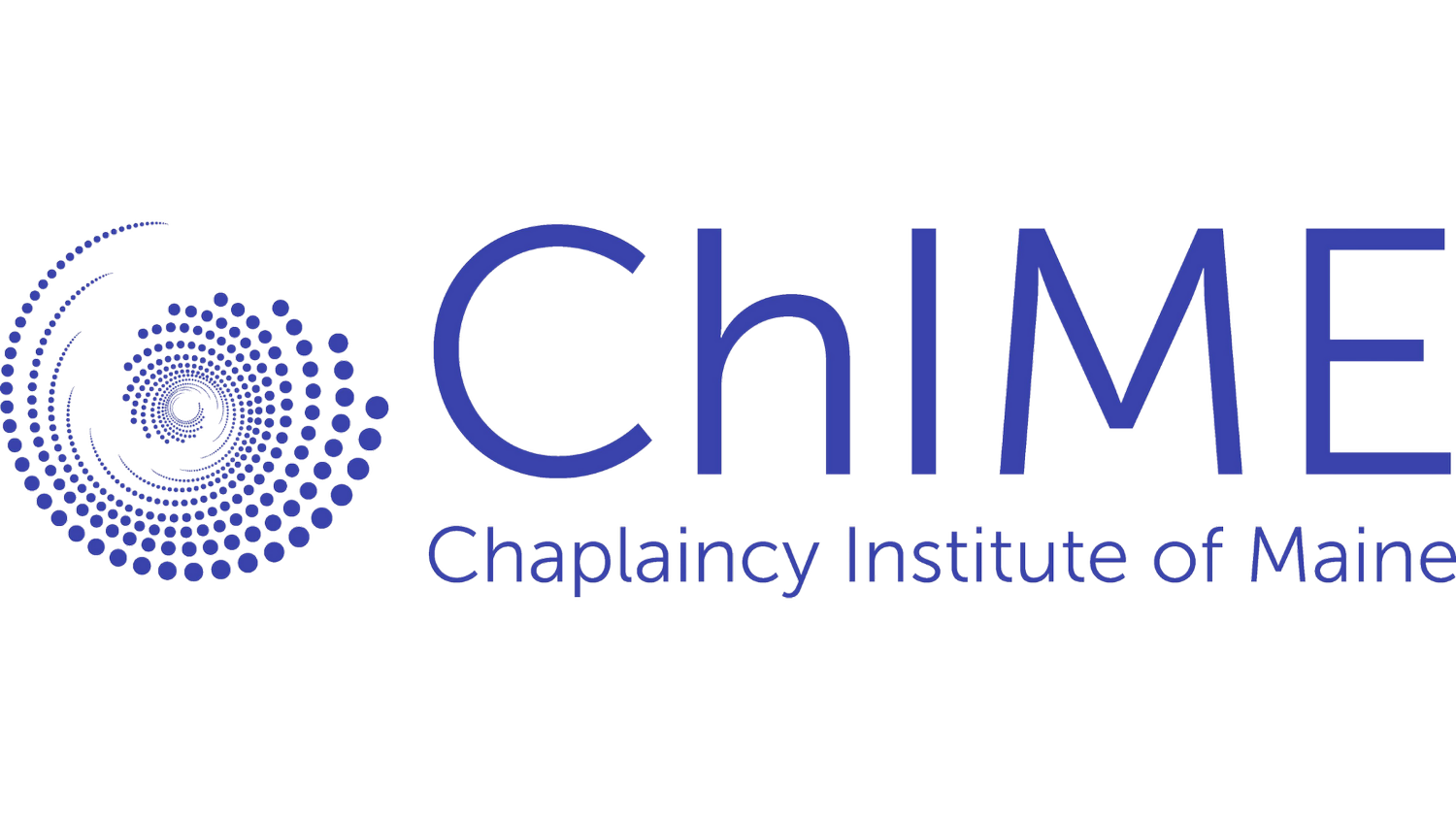By Oggie Williams,
Several weeks ago I was hiking in Utah and I came to a long, narrow crack in the stone, what they call a slot canyon. It was four feet wide at the entrance, a gnarled tree growing crazily in the middle. The canyon went far back, narrower and narrower. The walls were rough black basalt, very old and very hard. I explored as far back as I could. I was looking for petroglyphs, those mysterious images carved in stone anywhere from two hundred to thousands of years ago by indigenous people, in this case Native Americans.
I found no petroglyphs. Not a problem, the canyon itself was wonderful. I returned several days later, drawn by the haunting beauty of the place. It was later in the day than my first encounter with the canyon. Light slanted in at a different angle. This time the canyon gradually revealed an astounding world etched on the stone walls: a galloping world of bighorn sheep, a bear or catlike creature, handprints, a row of figures looking like heads of grain or cattails, abstract symbols and designs. If someone had passed overhead on the stone ledges at the top of the canyon they’d have heard whispers seemingly drifting up from the center of the world: “Oh my gosh! Oh my gosh! Oh my gosh!”
I don’t know what the petroglyphs “mean.” No one does. Petroglyphs generate more questions than answers. That’s okay. It’s better than okay; it’s good. Sometime—we don’t know when—someone—we don’t know who—took the time, the energy, the imagination, the creativity, the faith, to make these marks in stone, to express, to communicate, to…? It must have been hard, all that time and effort in a shadowy crack in the stone. Centuries later, they are seen and experienced. They are not understood but they are appreciated, like a gift of cold water in a dry place: good news.
 Oggie Williams graduated, with his wife Peggy, from ChIME in 2014. Until last year he worked as a per diem interfaith chaplain at Maine Medical Center in Portland.
Oggie Williams graduated, with his wife Peggy, from ChIME in 2014. Until last year he worked as a per diem interfaith chaplain at Maine Medical Center in Portland.


